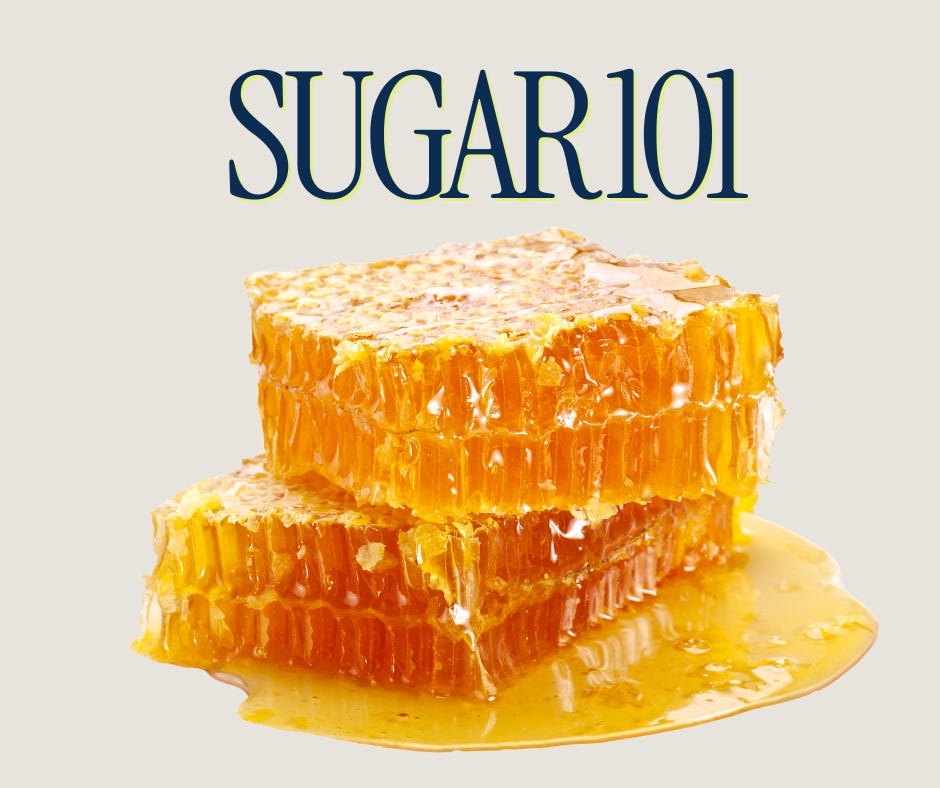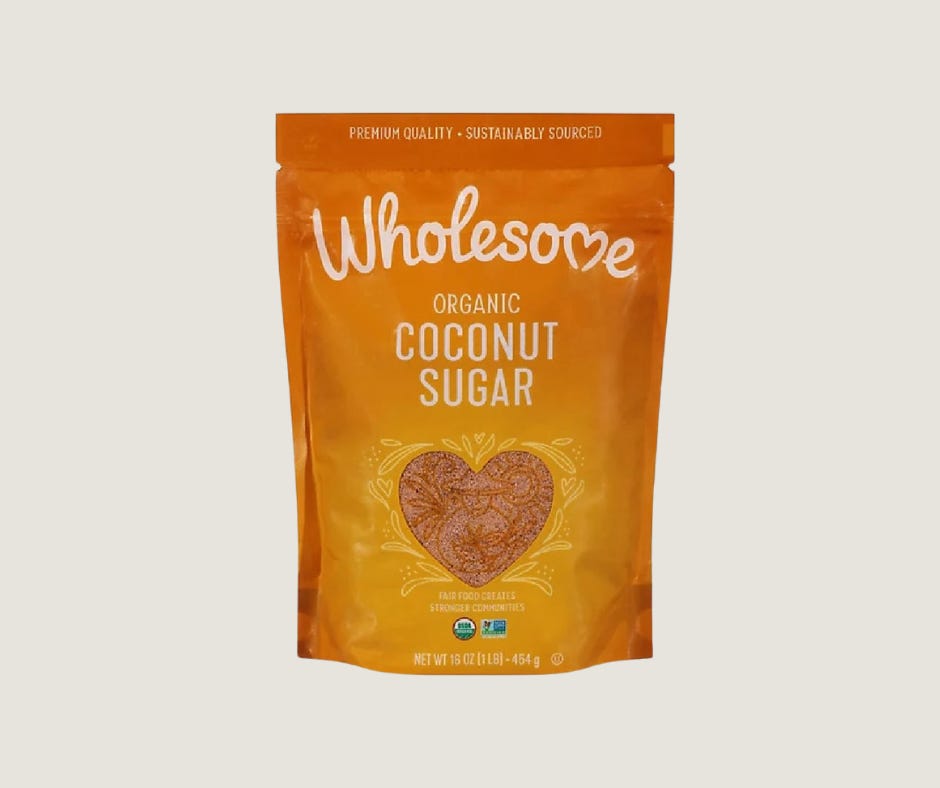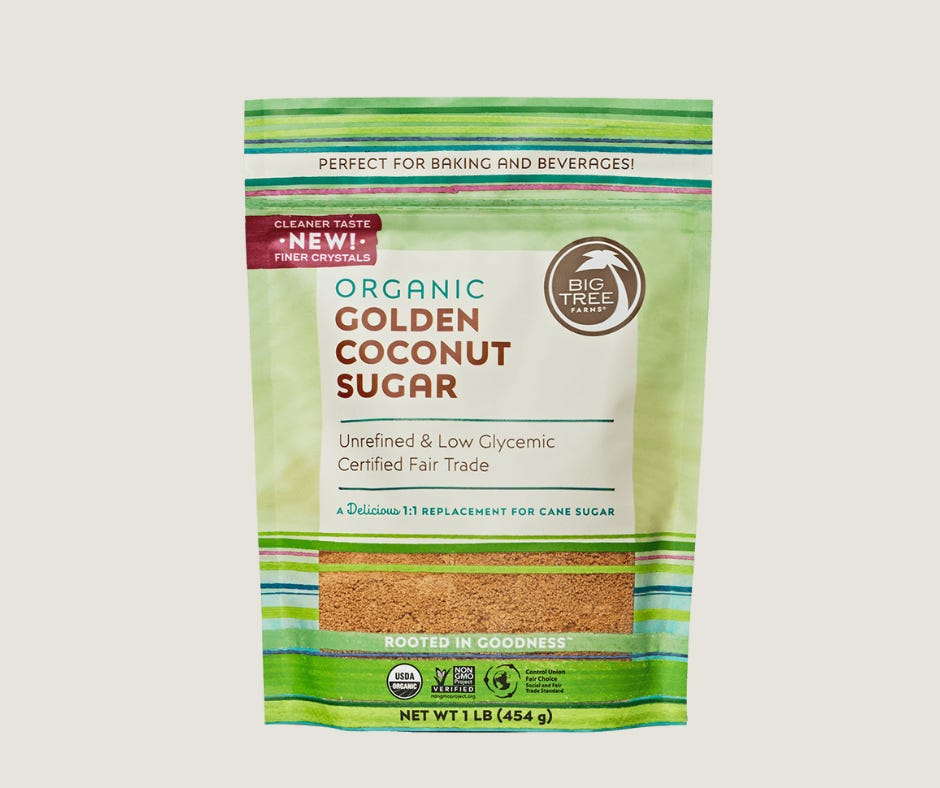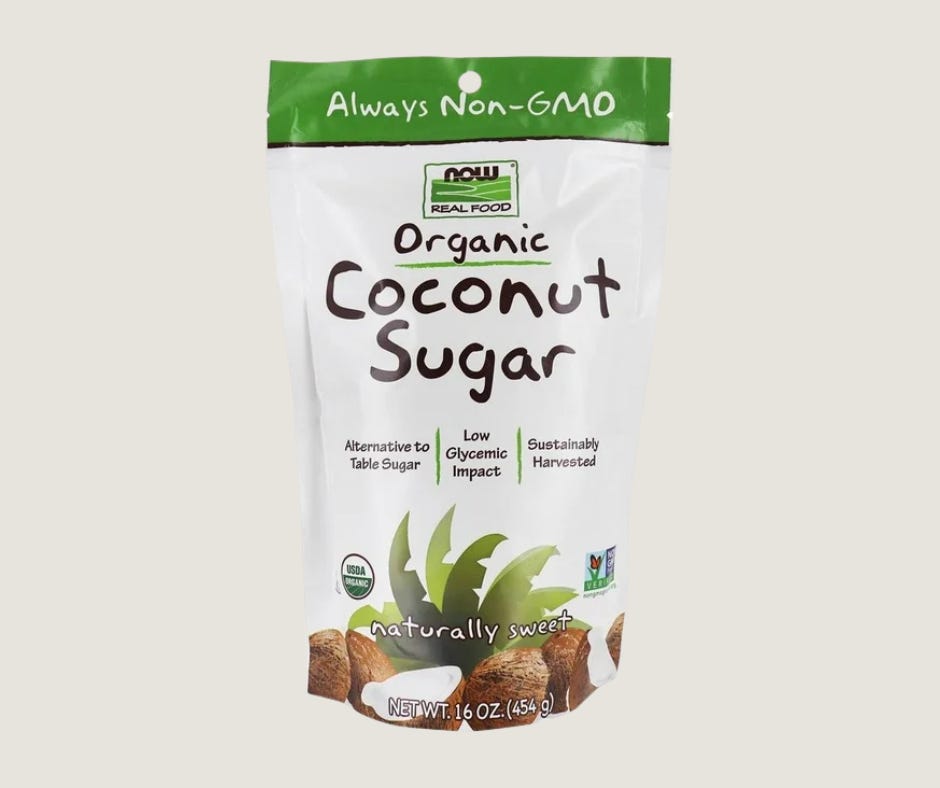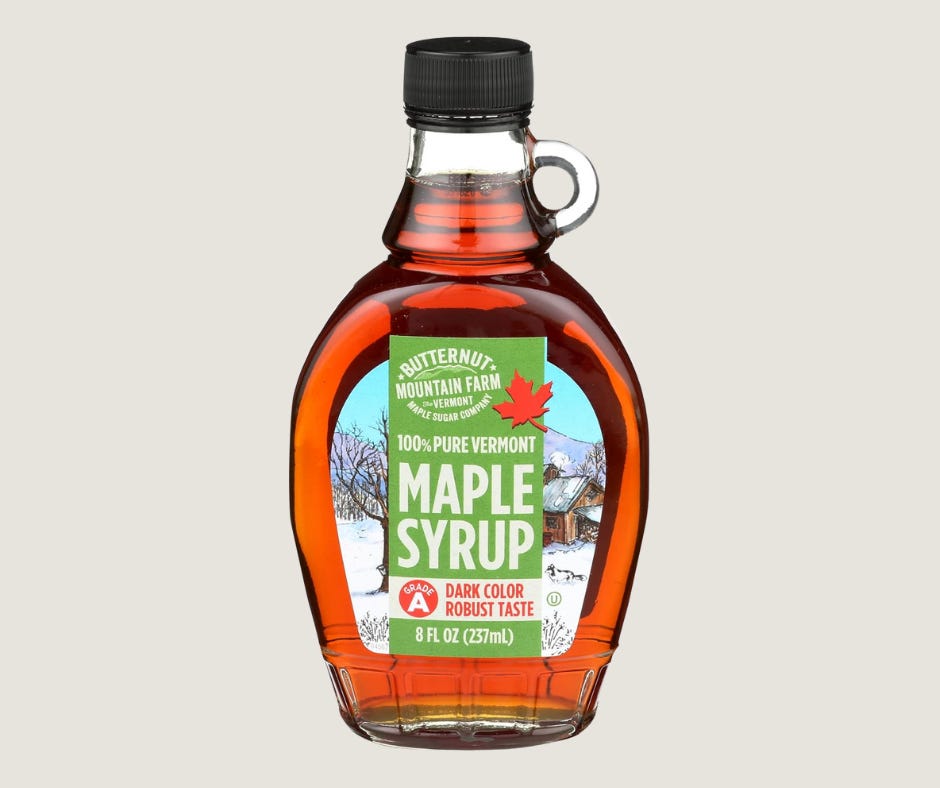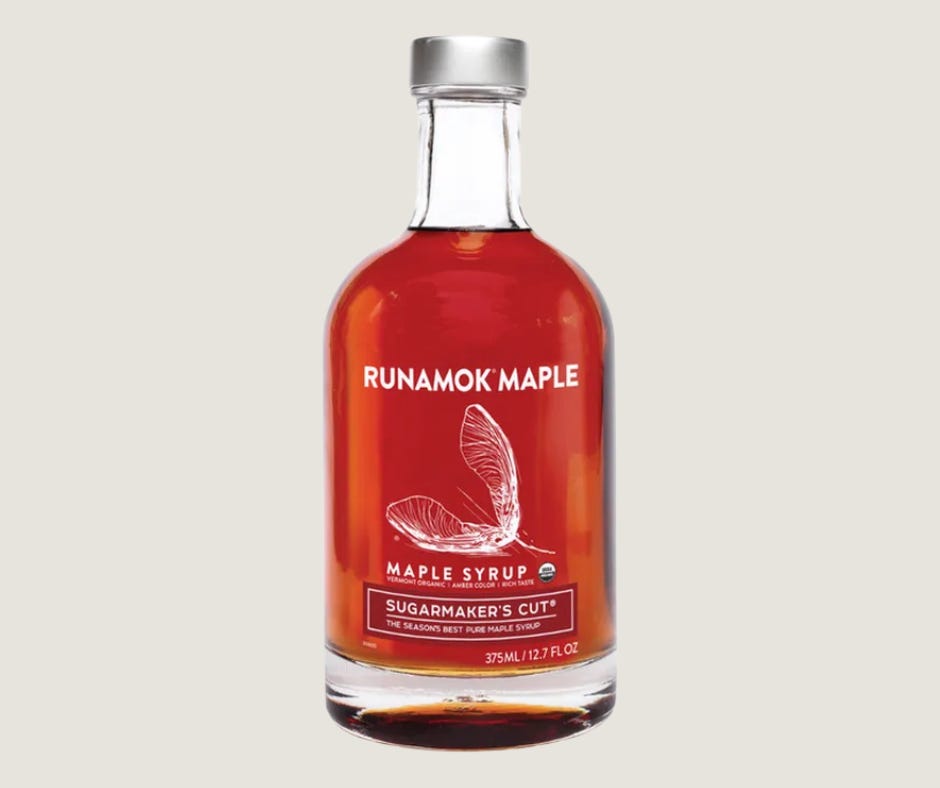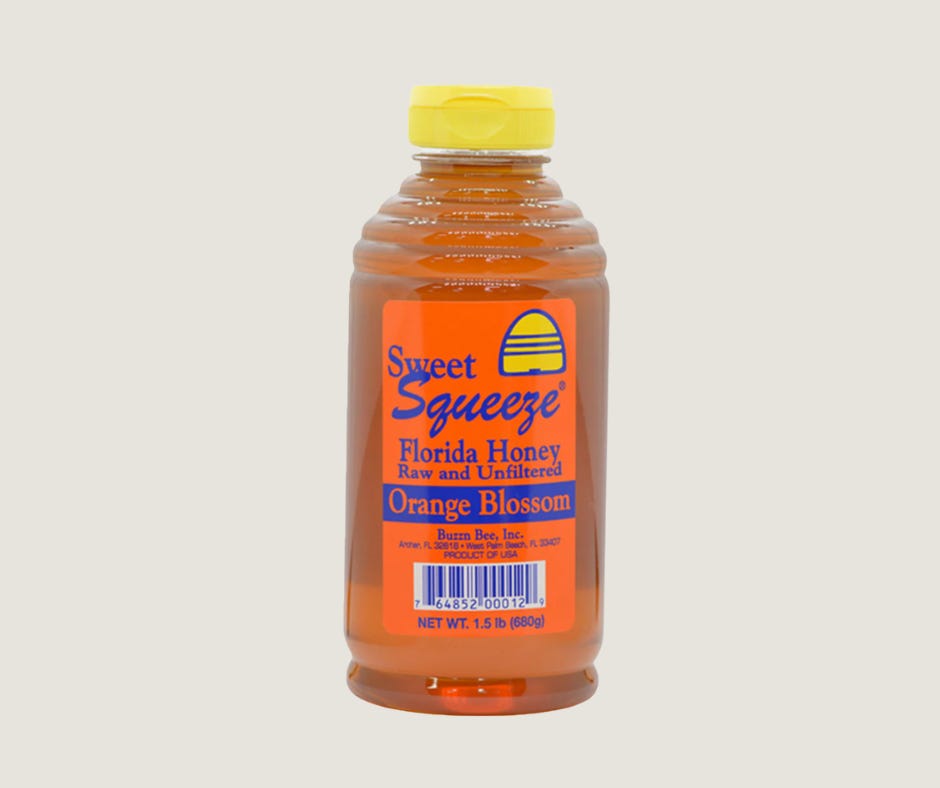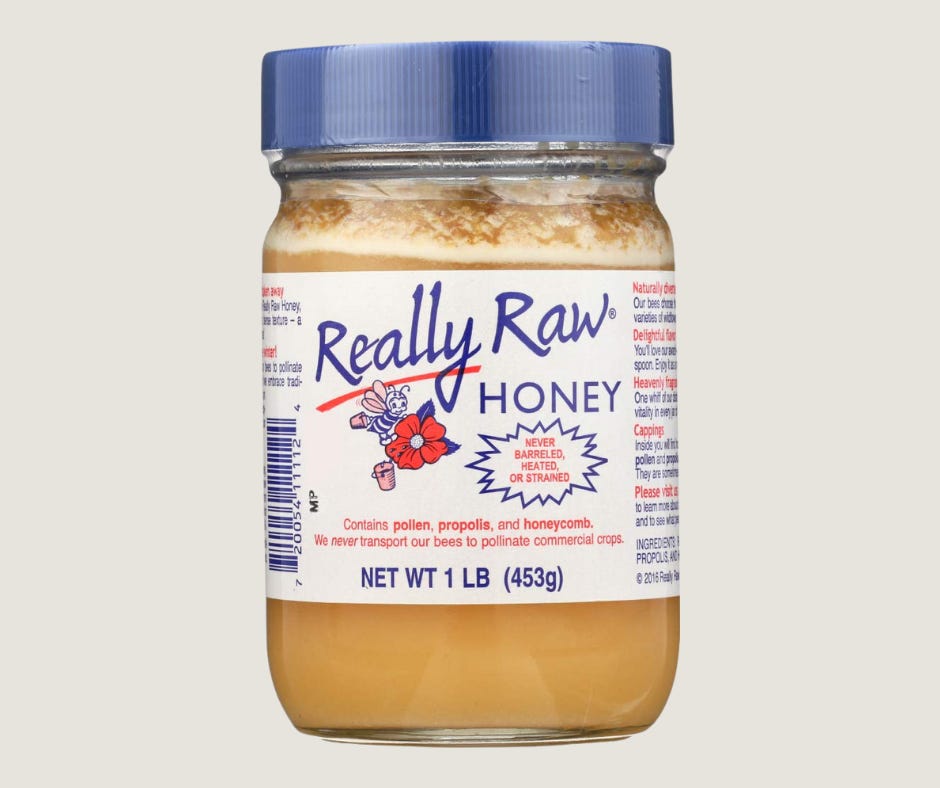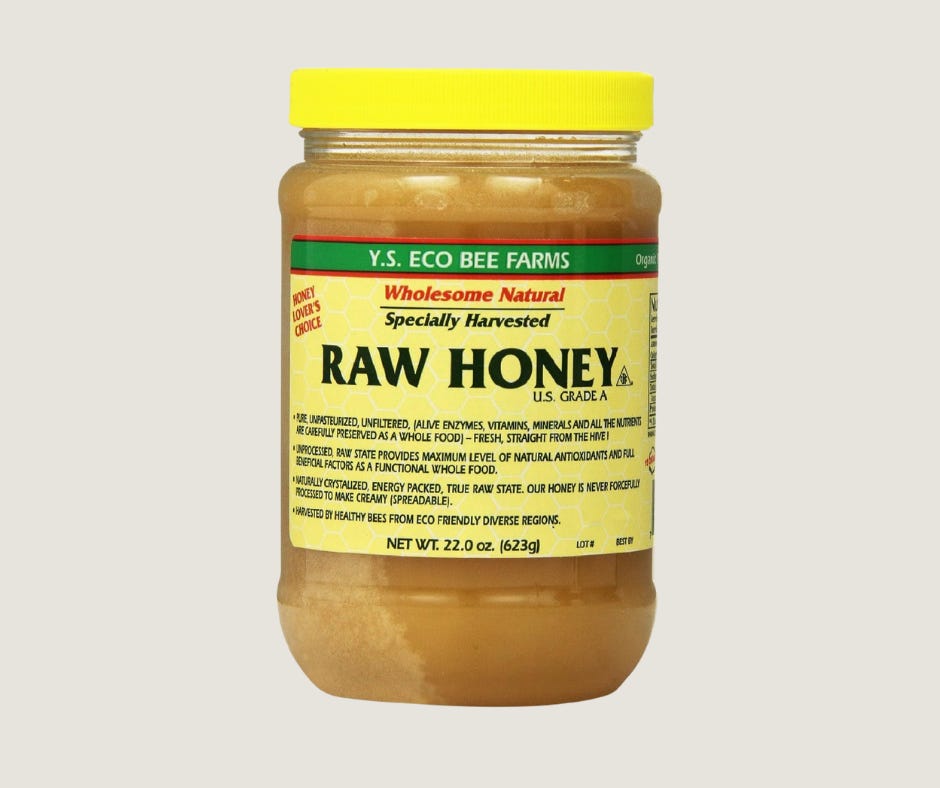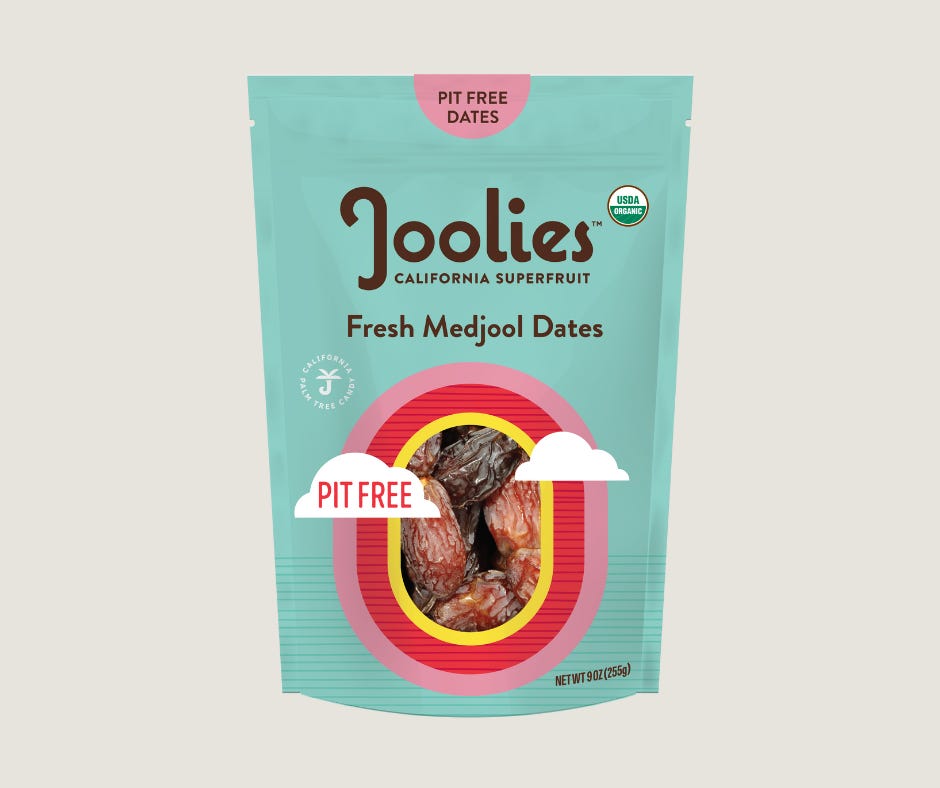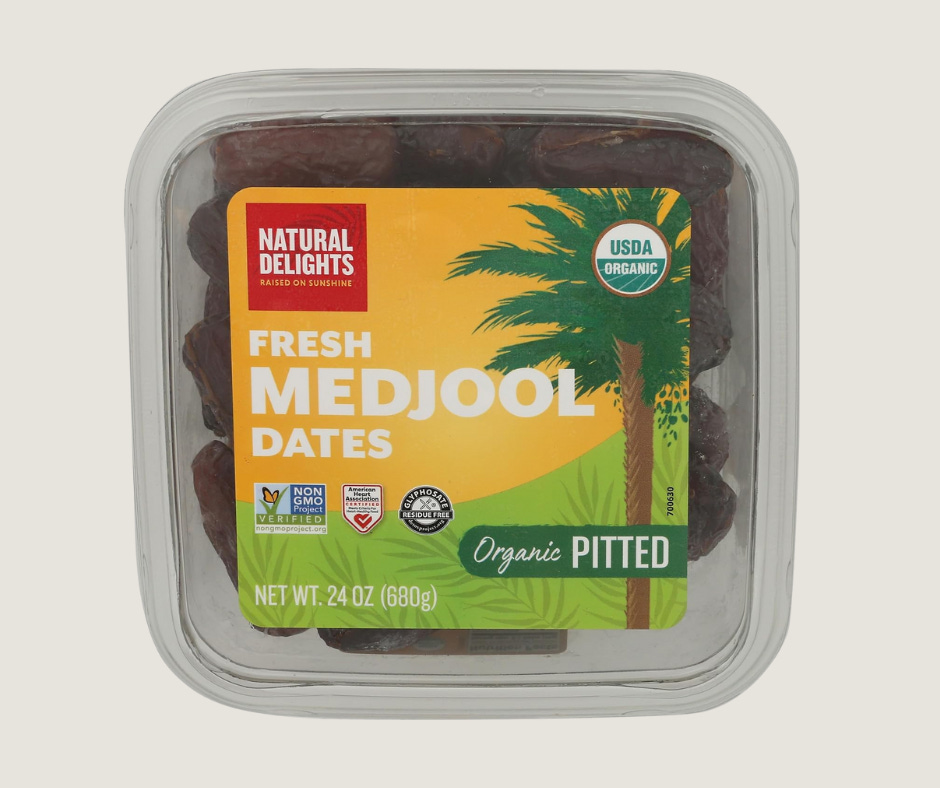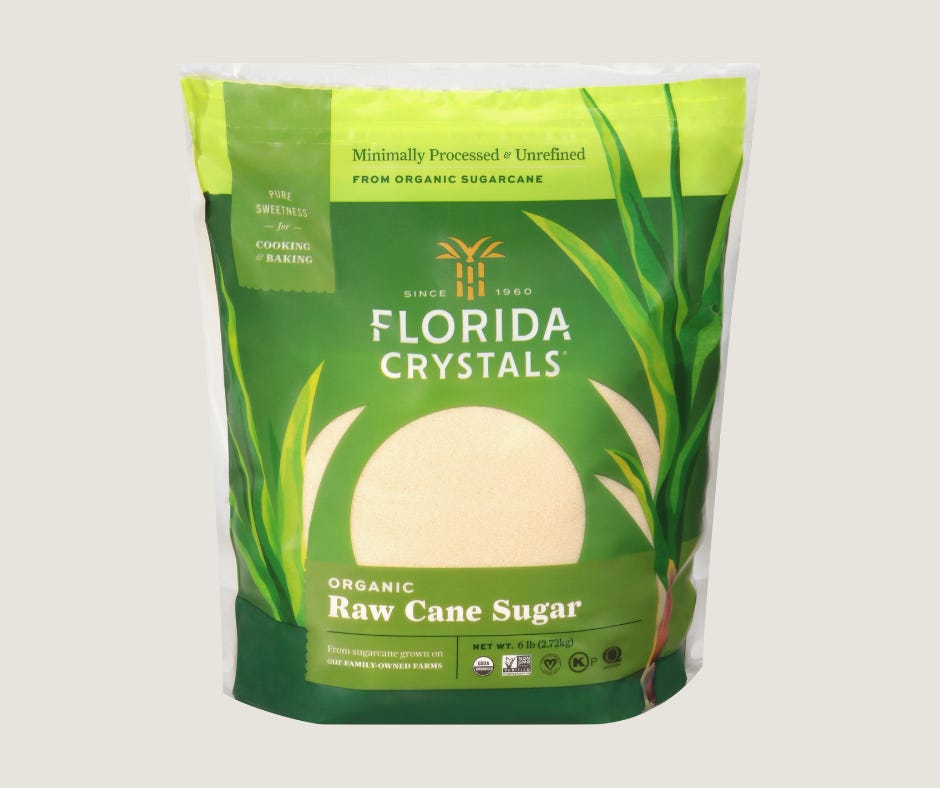By now, you’ve probably heard that sugar isn’t your friend—and science backs that up loud and clear. We all get the gist: cut the processed junk, lean on natural sweeteners. But figuring out how to eliminate the “bad” sugars can be confusing—especially when you keep seeing the same surface-level advice everywhere.
I’ve sifted through the noise, dug into the research, and cut the crap. This is my no-BS guide to sugar (and sweeteners): what it is, how it works, a full glossary, and my go-to picks for cooking at home—plus exactly when to use them.
What Is Sugar, Anyway?
At its core, sugar is a carbohydrate—plants produce glucose and fructose, and we extract them through harvesting and refining. Why? Because these substances are delicious and extremely palatable.
Table sugar (sucrose) = 50% glucose + 50% fructose.
High fructose corn syrup (HFCS) = Higher fructose content, more impact on metabolism.
Your body uses both for fuel, but the type of sugar and how it’s processed can seriously affect your long-term health.
How Sugar Works in Your Body
When you eat sugar, it breaks down into glucose and fructose:
Glucose floods your bloodstream, powering your brain and muscles. Insulin steps in to regulate it.
Fructose heads straight to your liver, where it can turn into energy—or, if overloaded, into fat.
The problem? Refined, fast-digesting sugars throw this system into chaos. They spike blood sugar, overload the liver, and trigger inflammation—leading to fatigue, weight gain, and bigger health issues.
Not All Sugars Are Equal
Two key factors determine whether a sugar is "good" or "bad":
Glycemic Index (GI) – How fast a sugar spikes your blood sugar.
High-GI sugars (like HFCS, GI 87) hit hard and fast.
Low-GI sugars (like coconut sugar, GI 54) absorb more slowly.
Processing Level – The more refined a sugar is, the worse it is for your body.
Highly processed sugars disrupt metabolism and fuel inflammation.
Minimally processed sugars retain nutrients and are easier on digestion.
The Sugar Breakdown
🚨 Highly Processed & Inflammatory (Avoid When Possible)
High Fructose Corn Syrup (GI 70-87) – Chemically processed, spikes blood sugar fast.
Granulated Sugar (GI 65) – Highly refined from cane/beets, linked to inflammation.
Brown Sugar (GI 65) – White sugar + molasses; still heavily processed.
Corn Syrup (GI 90-100) – Industrially processed, pure glucose, major blood sugar disruptor.
Aspartame, Sucralose, Saccharin (GI 0) – Artificial sweeteners, lab-made, linked to inflammation.
Agave Nectar (GI 15-30) – Marketed as healthy but ultra-processed and high in fructose (similar to HFCS).
Erythritol (GI 0) – Sugar alcohol, highly processed, may cause gut issues.
Fruit Juice Concentrates (GI 50-70) – Stripped of fiber, basically liquid sugar.
Brown Rice Syrup (GI 98) – Glucose-heavy, highly refined from rice starch.
✅ Better Choices (Minimal Processing, Lower Inflammation)
Maple Syrup (GI 54) – Just boiled tree sap, packed with antioxidants.
Raw Honey (GI 50) – Minimally processed, retains enzymes and nutrients.
Coconut Sugar (GI 54) – Lower GI, rich in minerals, naturally dried from coconut palm sap.
Molasses (GI 55) – Byproduct of sugar refining but retains minerals.
Monk Fruit (GI 0) – Plant-derived, but often blended with erythritol (avoid), so check labels
Palm Sugar (GI 35-42) – Similar to coconut sugar, lower GI, and minimally refined.
Barley Malt Syrup (GI 42) – Made from malted barley, less refined than most syrups.
🏆 Best Natural & Whole Food Sweeteners
Dates (GI 45-55) – Whole fruit, fiber-rich, anti-inflammatory.
Date Sugar (GI 45-55) – Just ground dates, retains nutrients and fiber.
What I Use in My Kitchen
At home, I stick to four core sweeteners that balance health and flavor:
Coconut Sugar
Best For: Savory marinades (BBQ rubs, Asian sauces), baking (cookies, banana bread), roasted veggies.
Why: Low-GI, caramel flavor—less sweet than granulated or brown sugar, so you may need to add a little extra to recipes.
Swap: 1 cup sugar = 1 cup coconut sugar (+ 25% more if needed).
Brands I Like:
Maple Syrup
Best For: Glazes (carrots, salmon), breakfast (oatmeal, pancakes), coffee.
Why: Antioxidant-rich, warm flavor.
Swap: 1 cup sugar = ¾ cup maple syrup (reduce liquid by 3-4 tbsp).
Brands I Like:
Raw Honey
Best For: Dressings (honey-mustard, vinaigrettes), drizzles (yogurt, fruit), cocktails (instead of simple syrup).
Why: Anti-inflammatory, nutrient-packed.
Swap: 1 cup sugar = 1 cup raw honey (reduce liquid by ¼ cup).
Brands I Like:
Dates
Best For: Snacks (stuffed dates, energy balls), sweet treats (DIY “Samoa” cookies).
Why: Whole fruit, fiber-loaded sweetness.
Swap: 1 cup sugar = 1 cup mashed dates (add a splash of water if needed). I prefer to make date-based recipes to curb my sweet tooth instead of using date sugar. The mealy texture just isn't my vibe for cooking.
Brands I Like:
Exceptions for Holidays and Special Occasions
For holiday pies, gingerbread, or layer cakes, I’ll occasionally use unbleached, unrefined granulated sugar or organic brown sugar with real molasses.
The key? No guilt, just intention. A healthy kitchen isn’t about cutting out joy—it’s about making conscious choices so you can enjoy special moments without regret.





